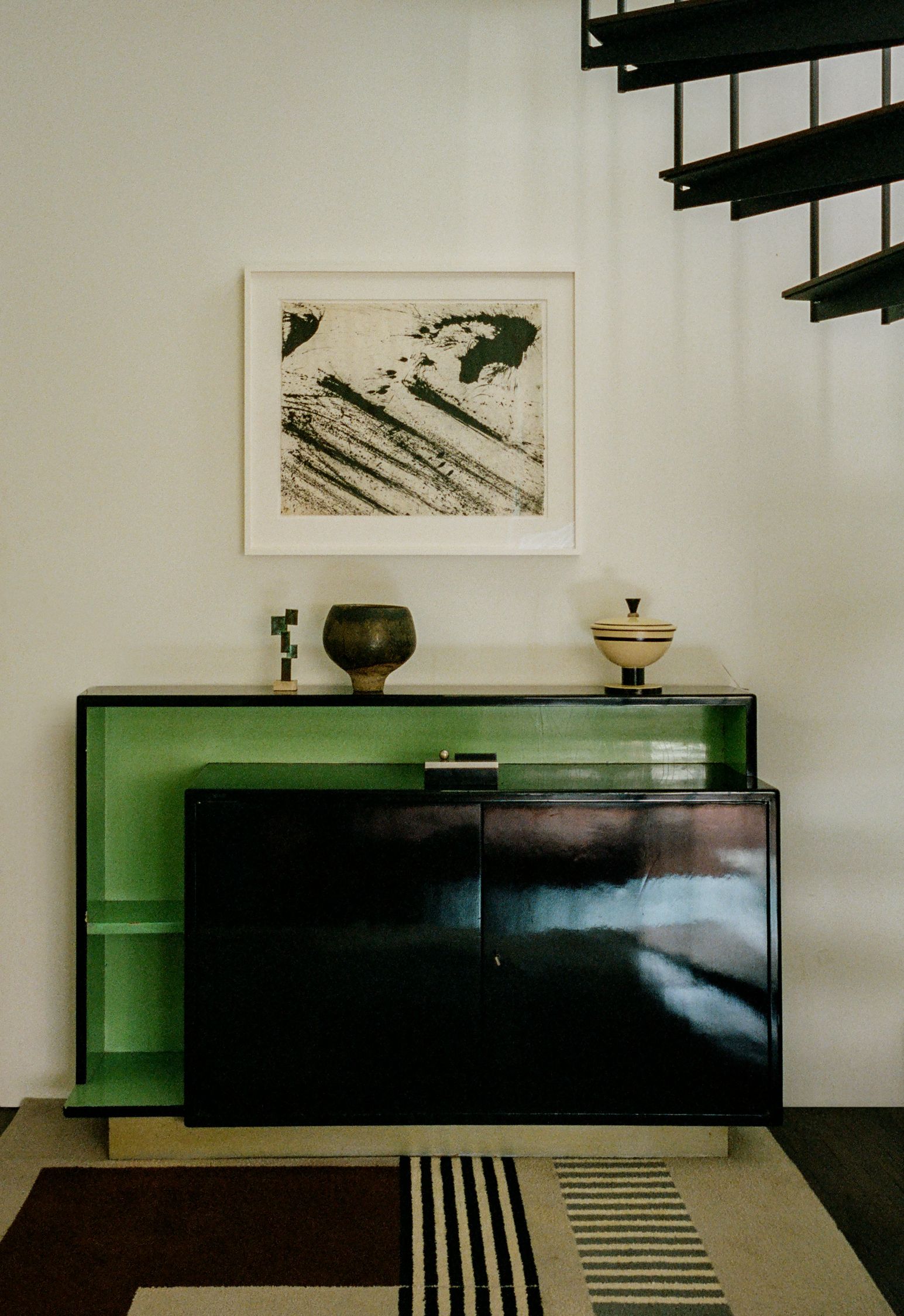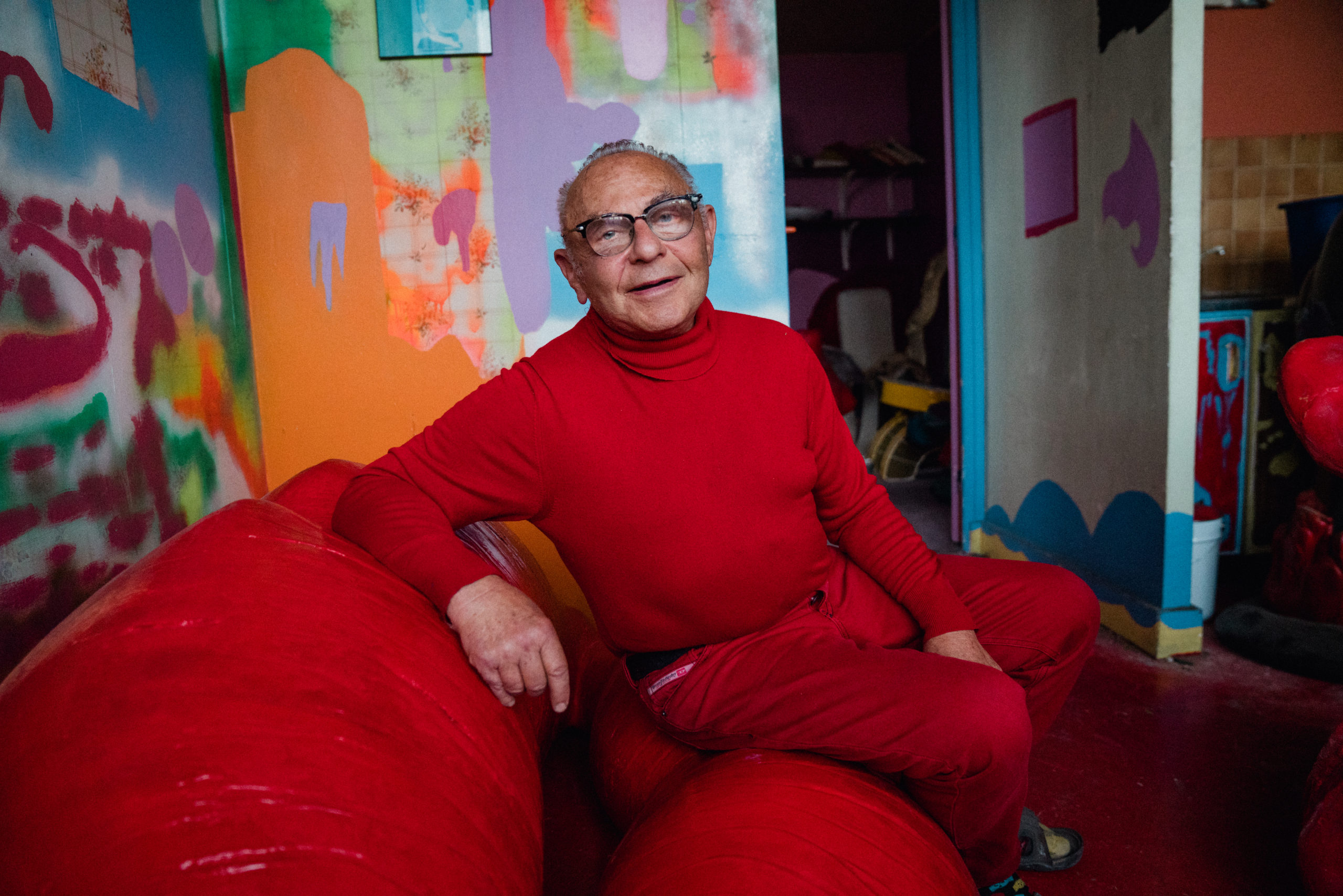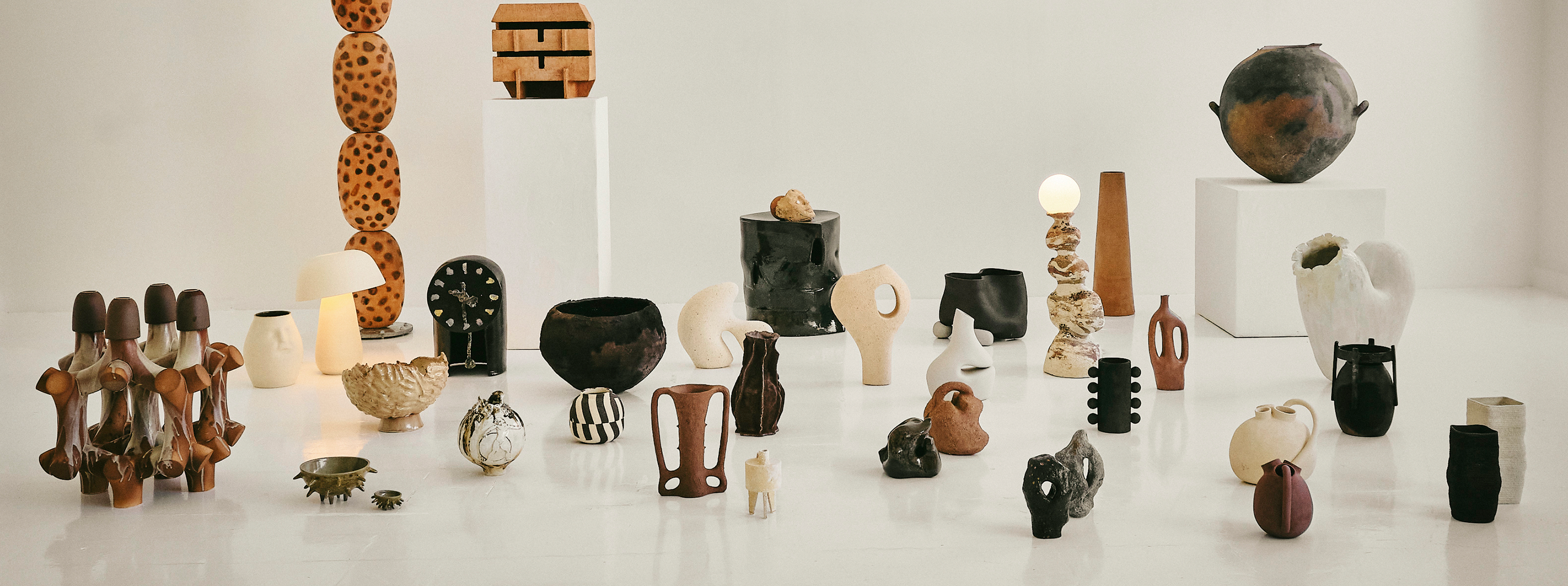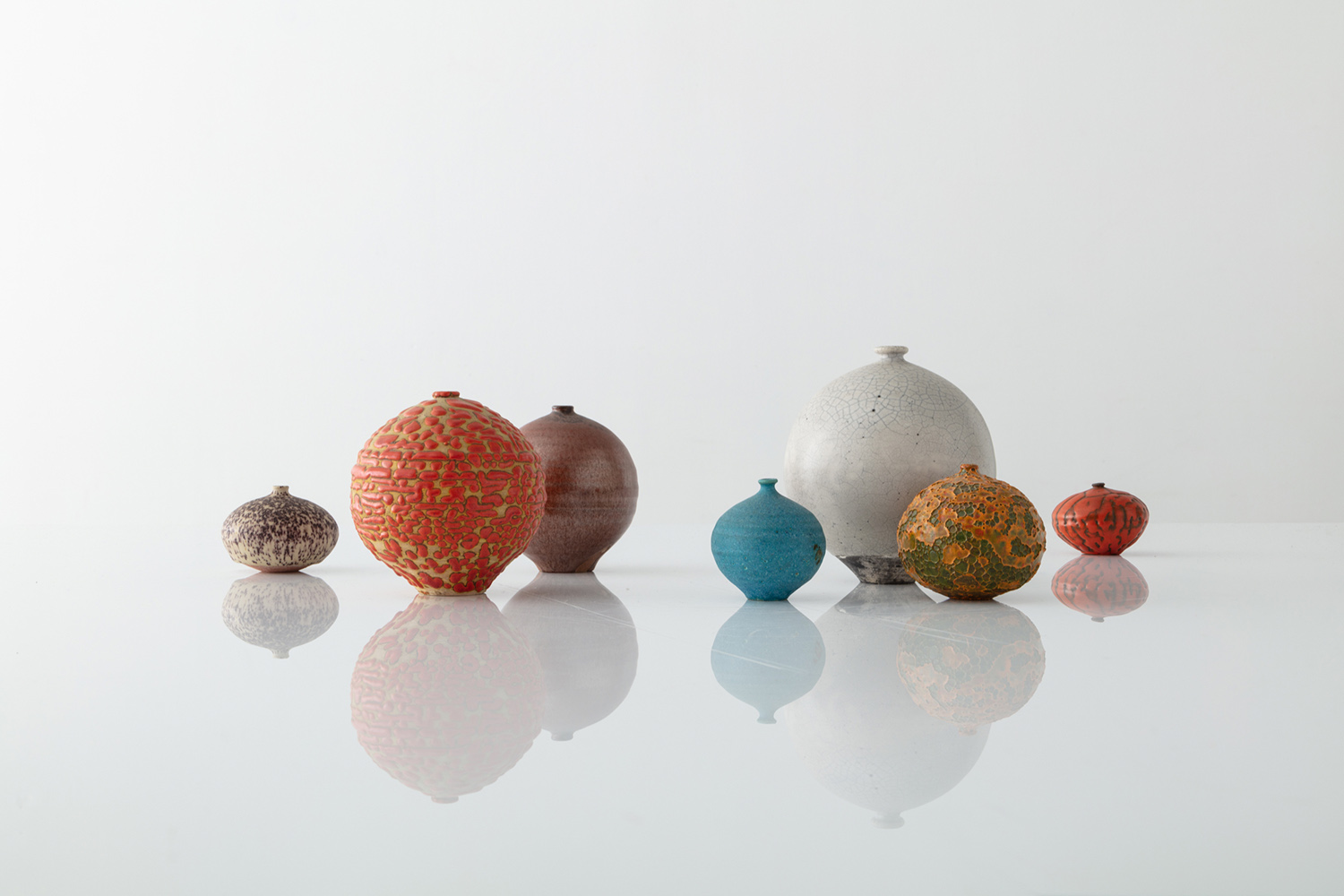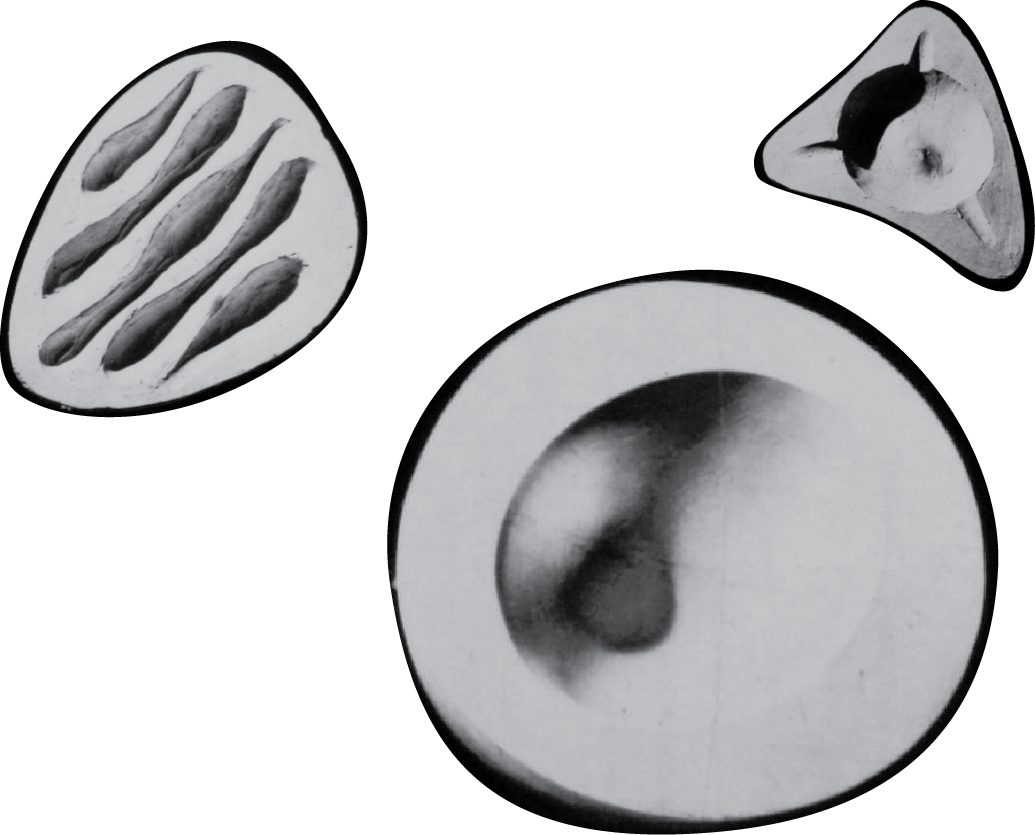RESTORATION ARTIST, MIGUEL SACO ON INTUITION, RESPECT AND BALANCE
Photography and Creative Direction by Ori Harpaz. Styling by Austin Whittle. Production by David Lucido.
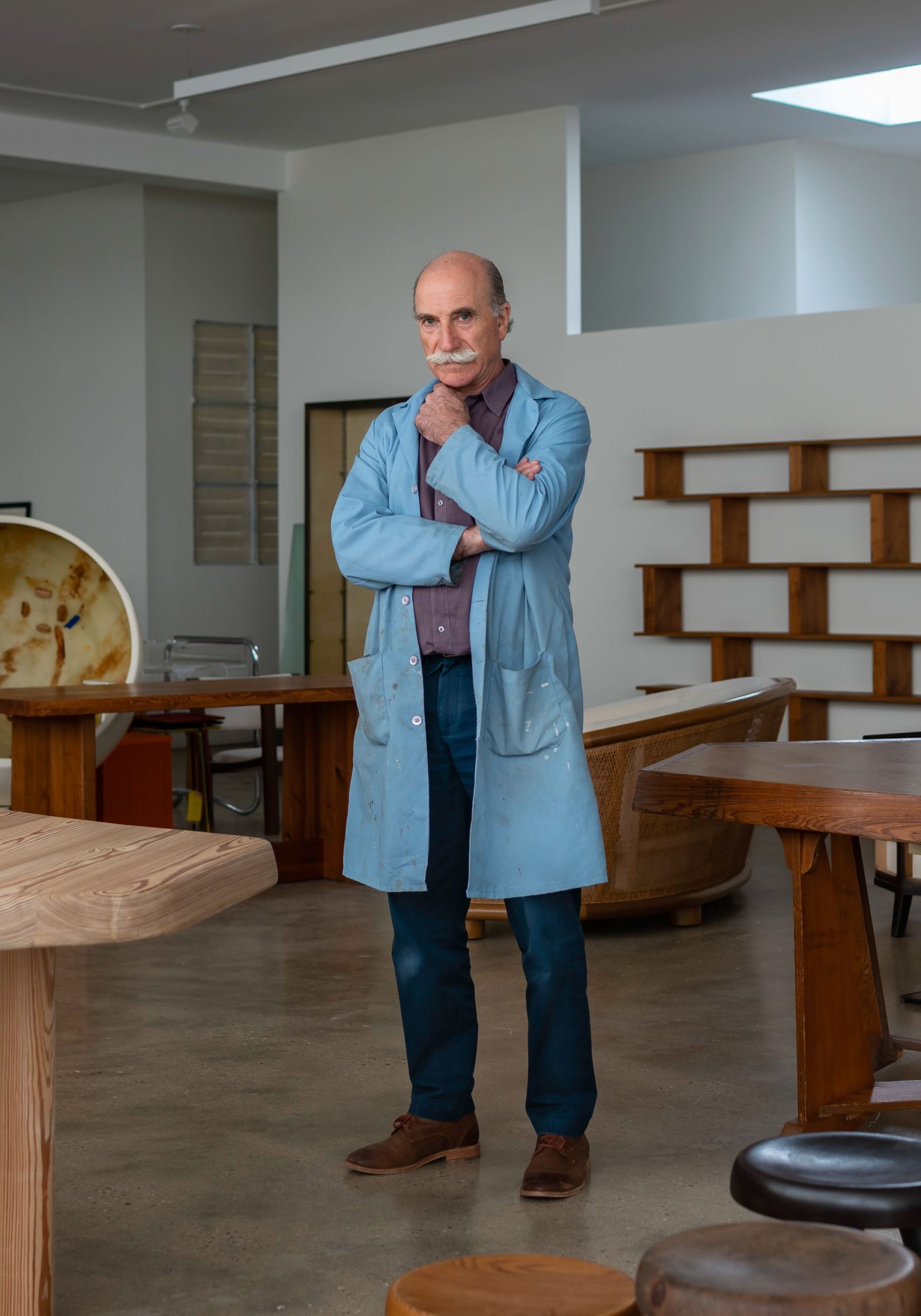
Miguel Saco, the principal of Miguel Saco Fine Furniture & Restoration, Inc., is dedicated to museum quality furniture conservation and restoration. Miguel, a preeminent conservator and restorer, is a highly regarded expert in the Decorative Arts field. He has served on the vetting committee at the International Art and Antiques Fair in New York, as well as the Winter Antiques Show. When restoring a very important piece of furniture, superb craftsmanship alone is seldom enough. Rather, connoisseurship, educated judgments based upon long years of experience, and artistic sensibility, in tandem with a profound understanding of craft, typically produce the best results.
An accomplished artist in his own right, Miguel Saco, has been actively involved in the Fine and Decorative Arts since his early youth. He later became the cultural coordinator of the ICO Foundation and was responsible for putting together important art collections which included Picasso and other Twentieth-century Spanish masters, and curating exhibitions around the world. After traveling extensively throughout Europe, Miguel settled in New York City in 1982. Miguel’s technical expertise, educated eye, artistic sensibility, and disposition, have made him the go-to furniture restorer for many of New York’s leading designers and galleries and earned him a brilliant reputation in both the United States and Europe. Over the years, Miguel restored numerous masterpieces, most of which are now housed in museums and private collections throughout the country. He has collaborated with The Spanish Historical Landmark Commission on many major restoration projects, including Madrid’s Royal Palace and Palacio Linares.
Photographer Ori Harpaz captured Miguel Saco at his New York home, showroom and workshop that captures a lifetime of work, restoration and change.
MATERIA: Let’s start with your origin story. Where did you grow up? How did your journey into design begin and what influenced your evolution as a creative individual?
MIGUEL SACO: I am a sculptor. I was working as a sculptor for many years and then I got interested in furniture back in the 1980’s. Since then I just kept working as a furniture restorer and conservator and that’s it. It’s very simple.
MATERIA: How did you train? Or did you have a mentor?
MS: Not really. I was always very bad in school. I left school at the age of 13 because I have some dyslexia, some problems with learning disabilities. I try to do everything by the eye and by myself. Just working, watching, and experimenting.
MATERIA: You’ve touched and worked on many masterpieces. Is there one piece that holds importance to you or that sticks out in your mind?
MS: Yes! I have so many. Even right now I’m looking at several Eileen Gray pieces that I have right here in front of me. I have a Mallet Stevens in front of me. Some Dupré-Lafon masterpieces from the 1940s. I don’t know, I’ve restored some of the best designers of the 20th century, like Ron Arad, Jean Michel Frank and I am surrounded by all these beautiful pieces all the time.
MATERIA: What role does historical research play in your practice?
MS: As a conservator, I don’t know how to describe it… it’s my world. I’m trying to preserve the most iconic pieces of the 20th century. With that goal in mind, as a team we are very proud and we are working very hard in the workshop.
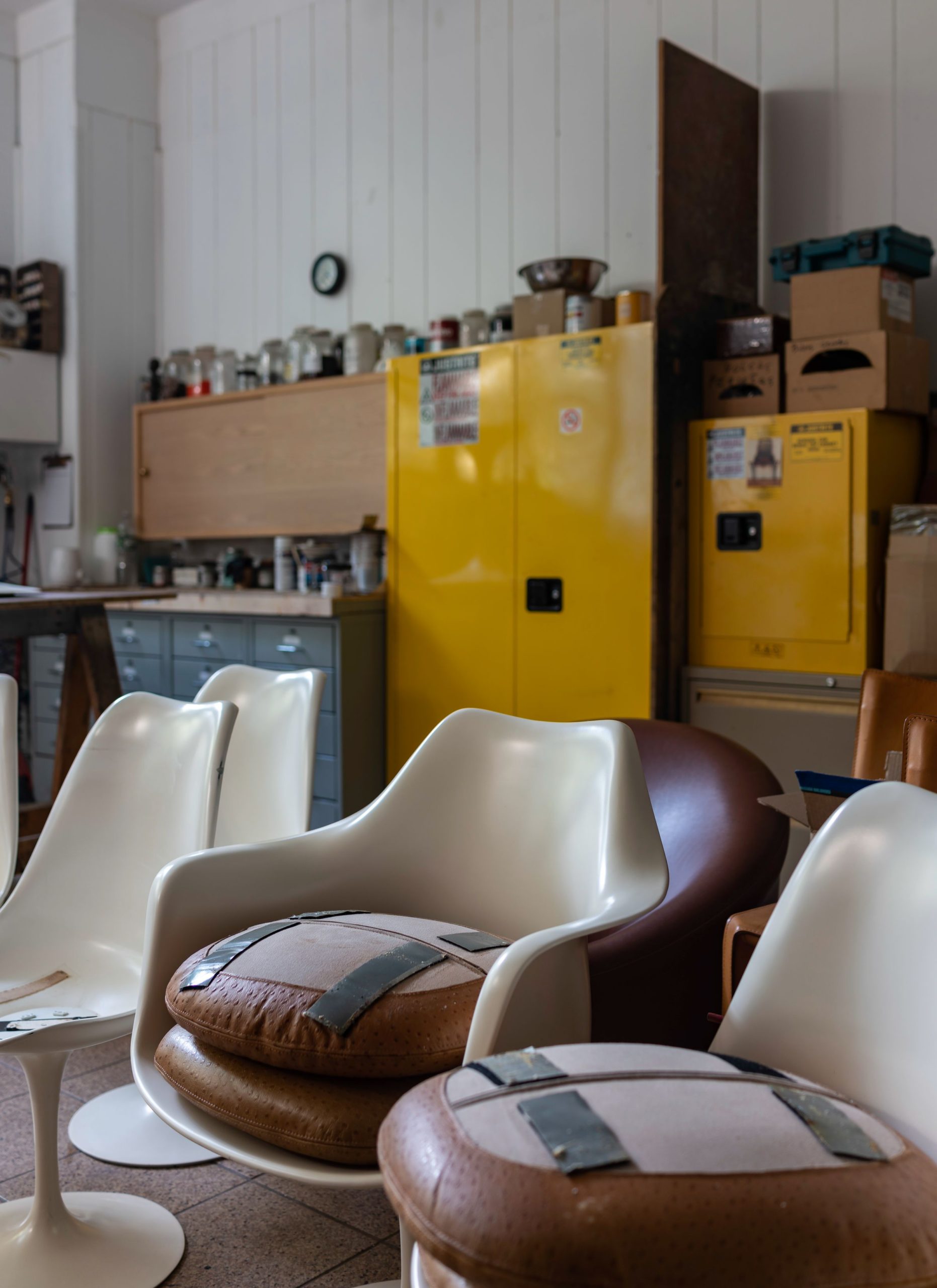
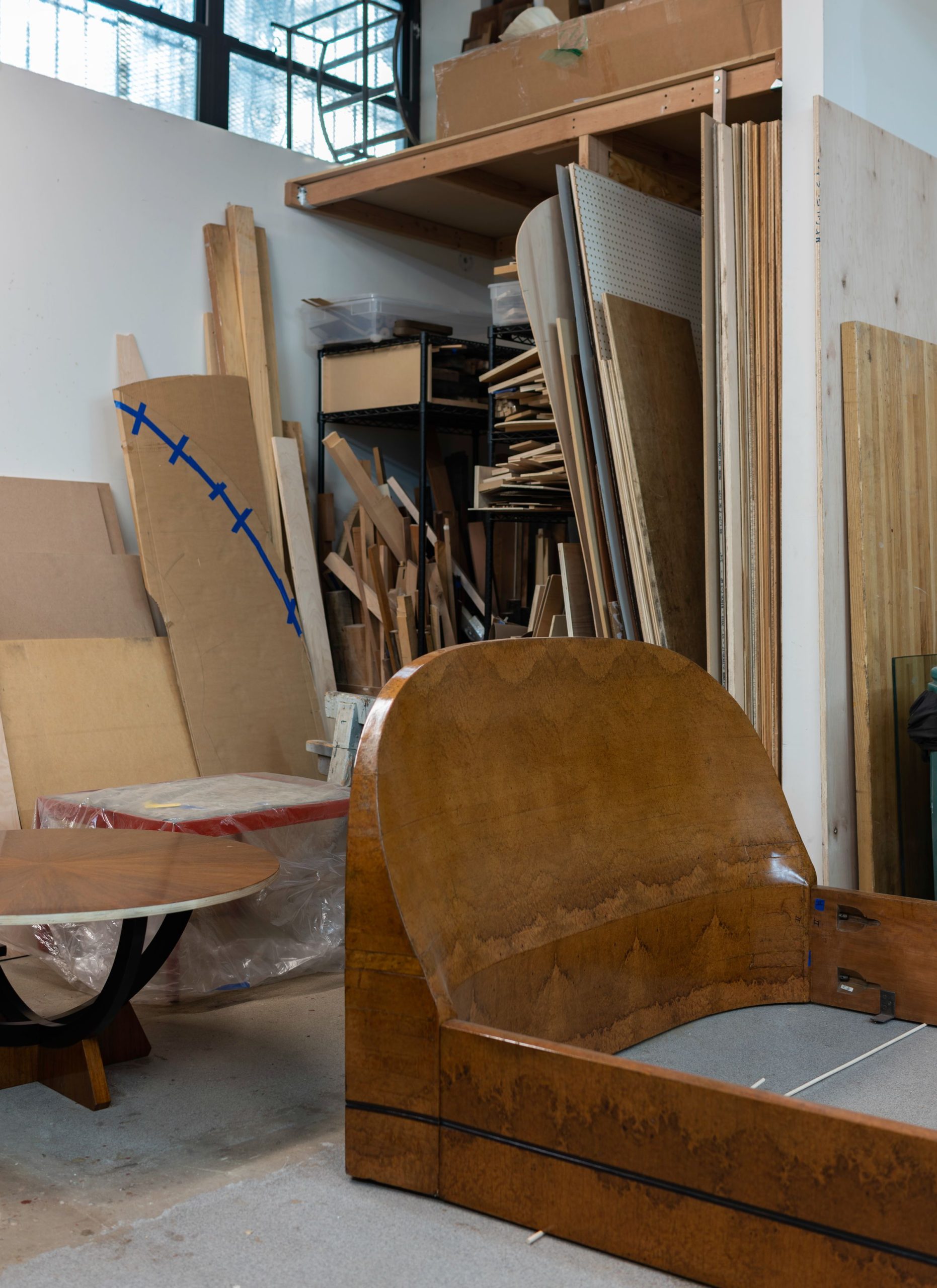
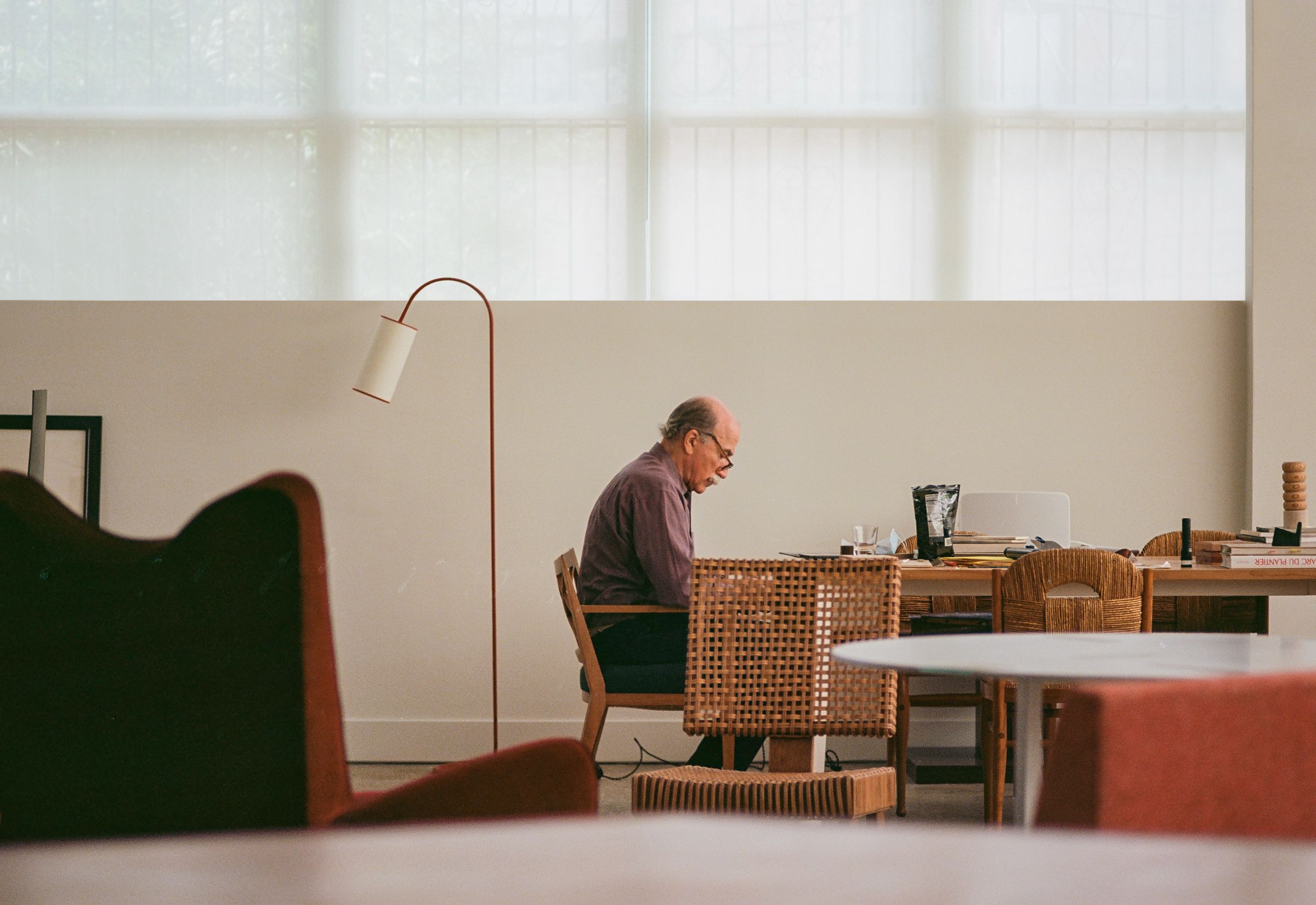
MATERIA: What trends are you currently observing in fine furniture restoration today?
MS: Everything changed. When we look at the trends, fashion is very important when it comes to collecting. Very important. New designers are coming to the market and they get the best prices and everybody wants to follow that trend. I’m talking about, for example, the mid-century pieces like Charlotte Perriand, Jean Prouvé, Pierre Jeanneret, all that—the conservation techniques more or less are the same, the finishes are different, but the idea is very similar. It repeats historically always, you have to preserve. You cannot change the aspect of things very much. You have to be honest with your restoration or your conversation. For the 18th and 19th century pieces, the finishes, the woods, and the construction techniques were more manual. But in the end, the results of the restoration are to achieve the same goal.
MATERIA: You have said, it takes a unique eye to restore a masterpiece. What qualities do you have that make you so well equipped for this role?
MS: Intuition, respect, and to find the balance between the initial idea of the creation of the object and the passing of the time.
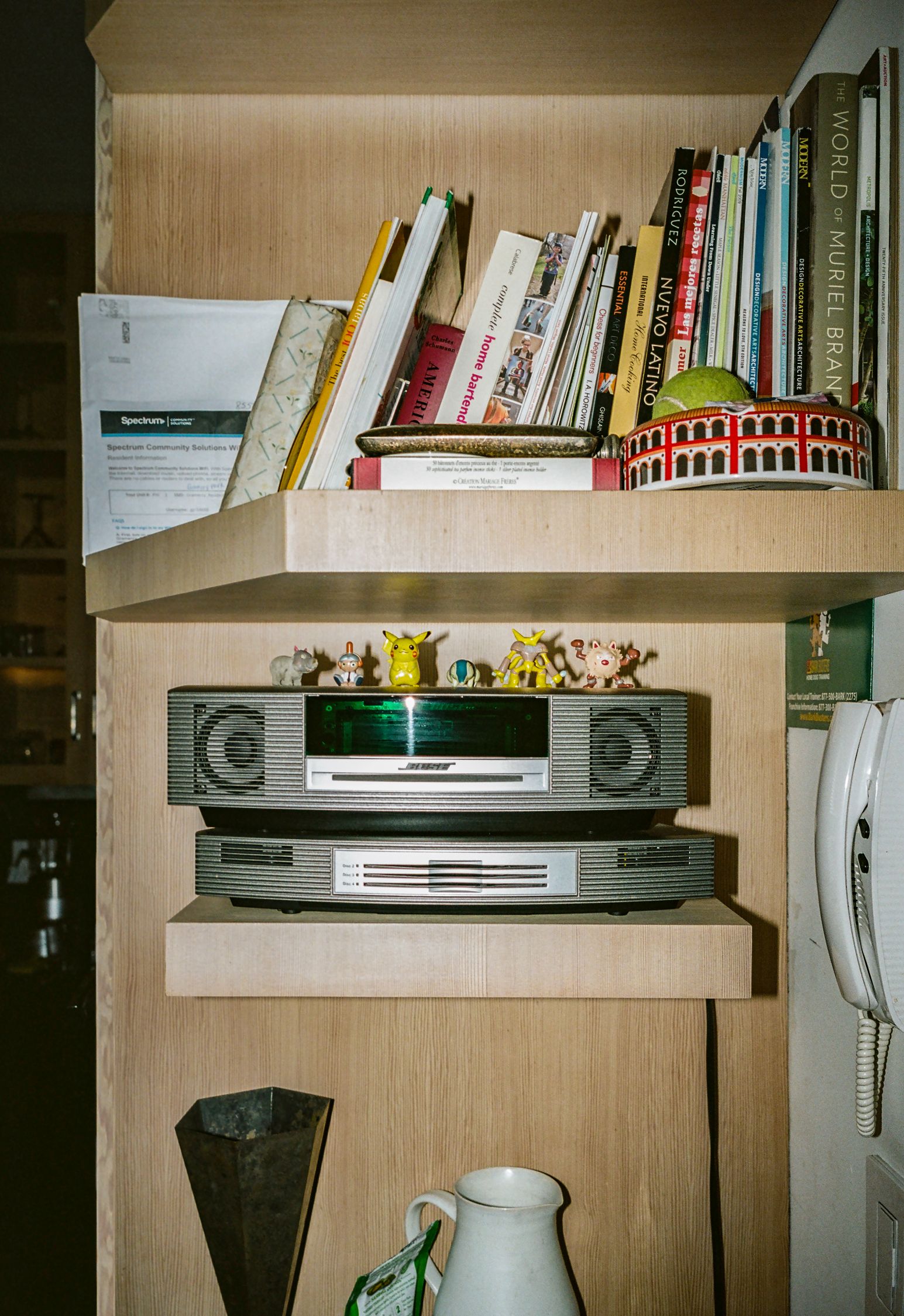
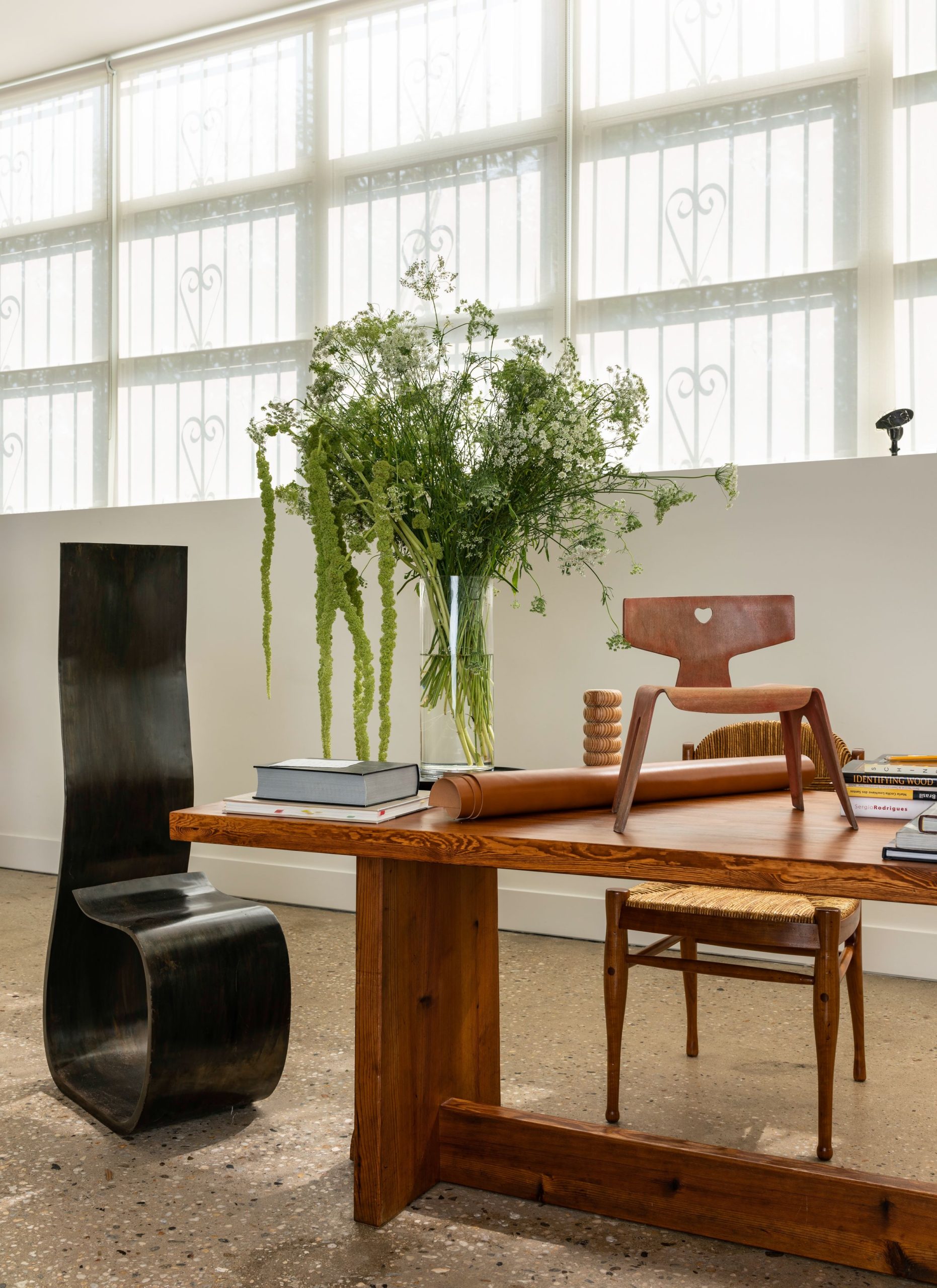
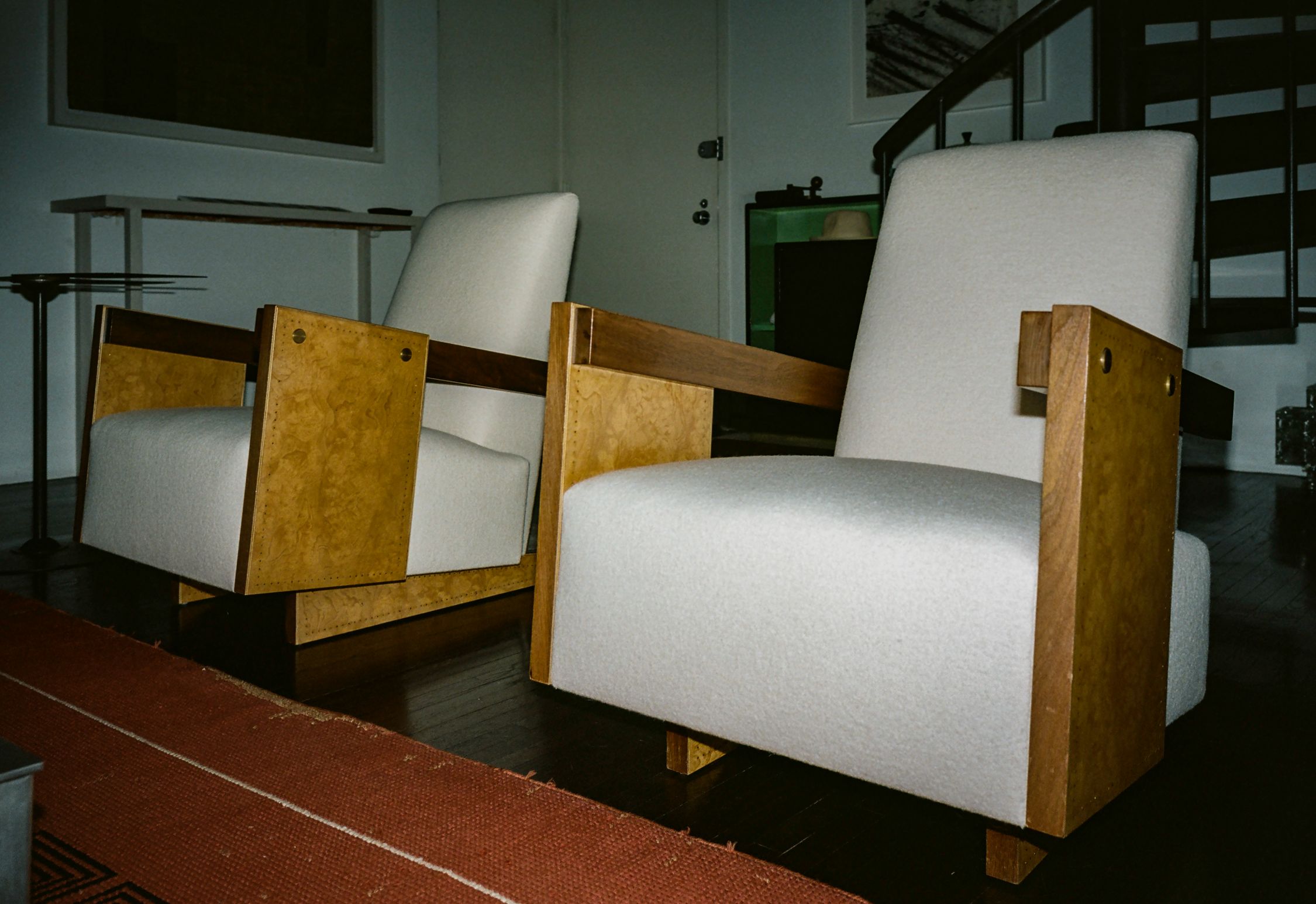
MATERIA: What was the most challenging piece you’ve restored to date?
MS: The most challenging pieces for me are the contemporary pieces. The late 20th century pieces because the designers use new materials and these new materials are always changing. The formulas like the resins, plastics, many, many new materials used especially after the 1960s. This is very challenging because there is always a new composition in the material and each piece of furniture is like a new project, you have to restore the material first. Pieces within the 19th, 18th or early 20th century are more or less the same. After the 60s and 70s, everything was different, especially with innovators—people who started using new materials with contemporary pieces of the 21st century. Construction, finishes, everything is new. It’s very similar to contemporary painting conservation. Many painters are using different mixed media—acrylics and plastics. They put everything on the canvas and you have to figure out how to restore each element.

